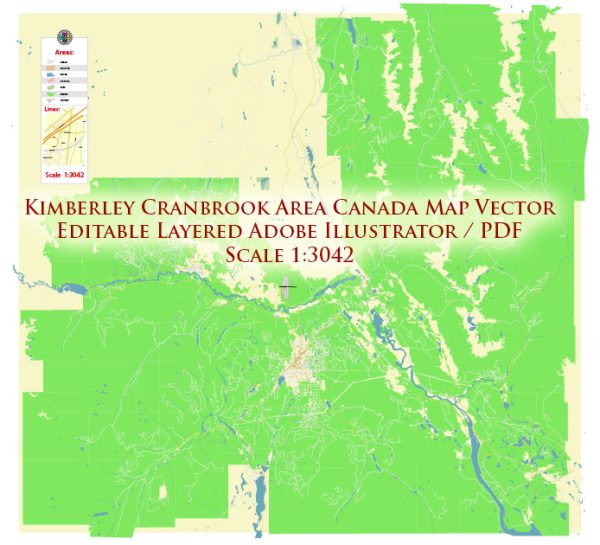Kimberley and Cranbrook are two distinct cities in the East Kootenay region of British Columbia, Canada, each with its own unique history of urban development. Here’s a brief overview of the history of urban development in both Kimberley and Cranbrook:
Kimberley:
1. Mining Boom:
- Kimberley’s history is closely tied to mining. The city was founded in 1898 as a mining town during the East Kootenay mining boom.
- The discovery of rich ore deposits, particularly lead, zinc, and silver, led to the rapid development of the Sullivan Mine, one of the largest lead-zinc mines in the world.
2. Company Town:
- The Sullivan Mine played a significant role in shaping Kimberley. The mine was owned by the Consolidated Mining and Smelting Company (Cominco), which also played a key role in the development of the town.
- Kimberley evolved into a classic company town, with Cominco providing not only employment but also housing and other amenities for its workers.
3. Economic Growth:
- As the mining industry thrived, Kimberley experienced economic growth. The city became a hub for mining-related activities and services.
- Over the years, the city diversified its economy, incorporating tourism and outdoor recreation due to its proximity to the Purcell Mountains.
4. Heritage Preservation:
- Kimberley has made efforts to preserve its heritage. The downtown area reflects a Bavarian-themed architecture, and there are historical sites and museums that showcase the city’s mining history.
Cranbrook:
1. Railway Connection:
- Cranbrook’s development is closely linked to the arrival of the Canadian Pacific Railway in the late 19th century. The city was established in 1898 as a divisional point on the railway.
2. Agricultural Hub:
- Initially, Cranbrook served as an agricultural and trade center. The fertile land in the region attracted settlers engaged in farming and ranching.
- The city’s growth was also influenced by the development of the Kootenay Irrigation Project, which facilitated agriculture in the area.
3. Education and Culture:
- Cranbrook became a cultural and educational center with the establishment of institutions like the Cranbrook Academy and the Royal Alexandra Hall. The latter has played a significant role in promoting cultural events in the city.
4. Diversification:
- Over the years, Cranbrook diversified its economy beyond agriculture, incorporating forestry, tourism, and services. The city has also become a regional center for healthcare and education.
5. Urban Expansion:
- Cranbrook has experienced urban expansion, with the development of residential areas, commercial centers, and recreational facilities. The city has worked to balance growth with the preservation of its natural surroundings.
Both Kimberley and Cranbrook have evolved from their resource-based beginnings to become vibrant communities with diverse economies. Their histories are intertwined with the natural resources that initially drew settlers to the region, and both cities have worked to balance economic development with the preservation of their unique histories and landscapes.


 Author: Kirill Shrayber, Ph.D.
Author: Kirill Shrayber, Ph.D.